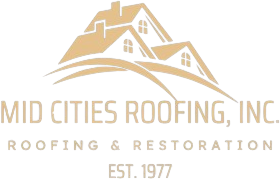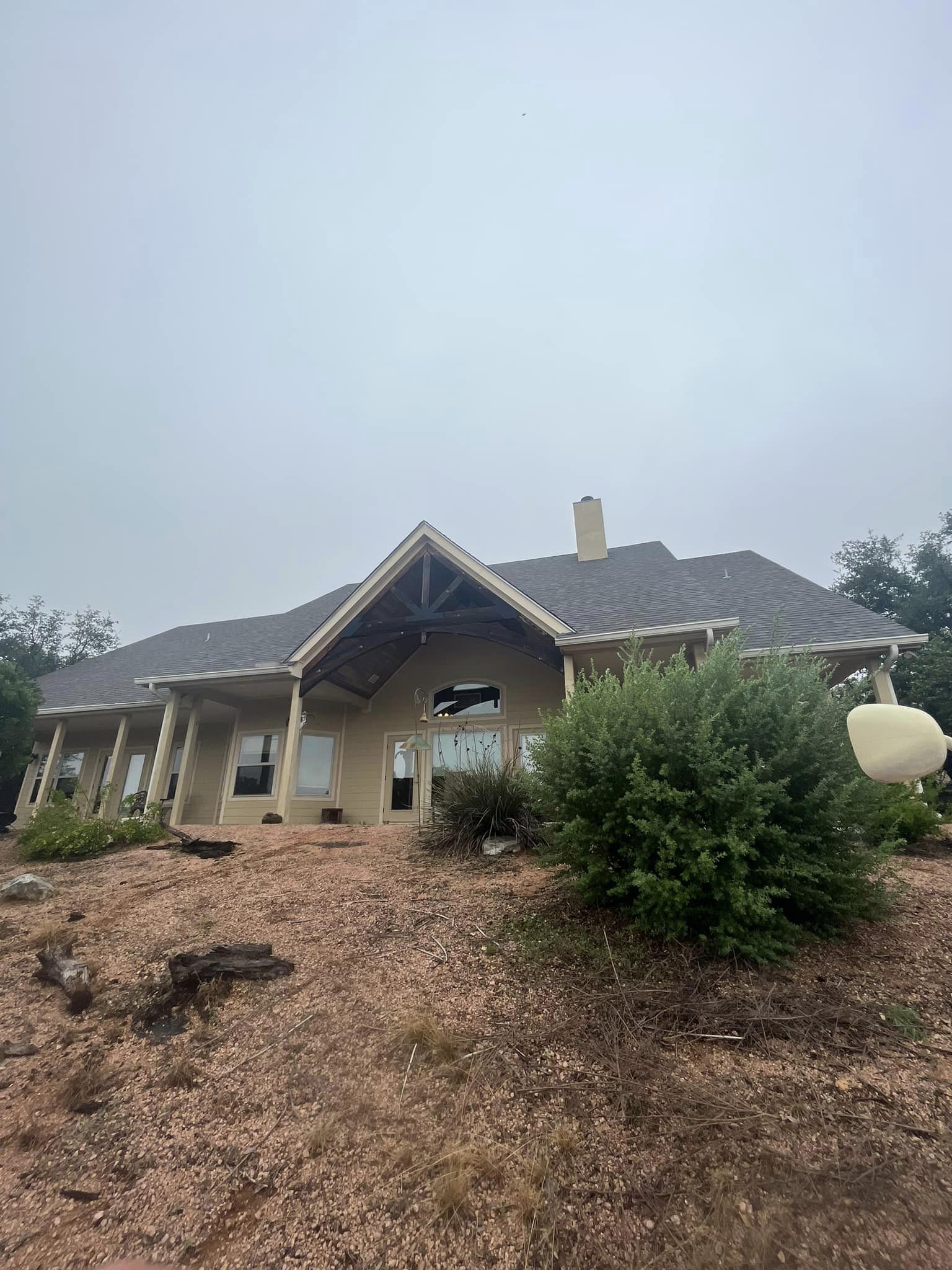The Impact of Texas Weather on Roof Lifespan
When it comes to protecting your home, your roof is your first line of defense. In Texas, however, the extreme and unpredictable weather patterns can take a serious toll on your roof’s lifespan. From scorching summer heat to hailstorms and hurricanes, the Lone Star State offers a unique set of challenges for homeowners trying to maintain a durable and long-lasting roof. Understanding these challenges is key to keeping your home safe and minimizing costly repairs.
The Heat Factor: Prolonged Exposure to High Temperatures
Texas summers are infamous for their blistering heat, with temperatures often exceeding 100°F. This relentless exposure to the sun can cause several issues for your roof:
- Shingle Degradation: Asphalt shingles, one of the most common roofing materials, can suffer from curling, cracking, and warping under intense heat. The UV rays break down the materials, causing them to lose their protective qualities over time.
- Thermal Expansion and Contraction: Roofing materials expand during the day and contract at night due to temperature fluctuations. This constant movement can lead to loose fasteners, cracks in the shingles, and eventually, leaks.
How to Protect Your Roof:
- Opt for roofing materials with high heat resistance, such as metal or clay tiles.
- Consider applying a reflective roof coating to reduce heat absorption.
- Schedule regular inspections during the summer months to catch early signs of damage.
Severe Storms: Hail, Wind, and Heavy Rain
Texas is no stranger to severe storms, especially during spring and early summer. Hailstorms, in particular, are notorious for causing significant damage to roofs.
- Hail Damage: Hailstones can crack or puncture shingles, leaving your roof vulnerable to water intrusion. Even small hailstones can cause cumulative damage over time.
- High Winds: Strong winds can lift shingles, dislodge flashing, and even tear off sections of the roof. This kind of damage is especially common during tornado season.
- Water Damage: Heavy rains can lead to pooling water, especially if your roof’s drainage system is not functioning properly. This can cause leaks, mold growth, and structural issues.
How to Protect Your Roof:
- Install impact-resistant shingles to minimize hail damage.
- Ensure proper attic ventilation to reduce moisture buildup.
- Keep gutters clean to prevent water from pooling on the roof.
- Conduct post-storm inspections to address minor issues before they become major problems.
The Impact of Hurricanes and Tropical Storms
Along the Texas Gulf Coast, hurricanes and tropical storms present a unique threat. These storms combine high winds, heavy rain, and debris, creating the perfect storm for roof damage.
- Wind Uplift: Hurricanes can generate winds strong enough to lift roofs entirely or create significant structural damage.
- Flying Debris: Loose objects carried by strong winds can puncture or dent your roof, especially if it’s made of lightweight materials.
- Water Infiltration: Extended periods of rain can overwhelm roofing systems, leading to leaks and potential structural damage.
How to Protect Your Roof:
- Reinforce your roof with hurricane straps or clips.
- Opt for materials designed to withstand high winds, such as metal or tile.
- Trim surrounding trees to minimize the risk of falling branches.
Winter Weather: Ice Dams and Freezing Temperatures
While Texas winters are relatively mild compared to other states, sudden cold snaps can still cause issues for your roof.
- Ice Dams: Freezing rain or snow can lead to ice dams, which occur when melting water refreezes at the edge of your roof. This can block proper drainage, forcing water under the shingles.
- Brittle Shingles: Prolonged exposure to cold weather can make shingles brittle, increasing the risk of cracking and breakage.
How to Protect Your Roof:
- Ensure your attic is properly insulated to prevent heat loss and minimize the risk of ice dams.
- Use heat cables to prevent ice buildup along the roof’s edges.
- Inspect for damage after freezing weather, especially around flashing and seams.
The Importance of Regular Maintenance
Given Texas’ diverse and often extreme weather conditions, regular roof maintenance is essential to prolonging its lifespan. Here are some general tips to keep your roof in top shape:
- Schedule Annual Inspections: A professional roofing contractor can identify potential problems before they become major issues.
- Clean Debris: Remove leaves, branches, and other debris from your roof and gutters regularly to maintain proper drainage.
- Address Minor Repairs Promptly: Small issues like loose shingles or minor leaks can escalate quickly if left unattended.
- Upgrade When Necessary: If your roof is nearing the end of its lifespan, consider replacing it with materials better suited for Texas weather.
Choosing the Right Roofing Materials for Texas
The right materials can make all the difference in protecting your home. Here are some of the best options for Texas homes:
- Metal Roofing: Resistant to heat, hail, and high winds, metal roofs are a durable option for Texas weather.
- Clay and Concrete Tiles: These materials offer excellent heat resistance and can withstand strong winds, making them ideal for homes in the southern part of the state.
- Impact-Resistant Shingles: Designed to withstand hail and heavy impacts, these shingles are a practical choice for areas prone to storms.
- Cool Roofing Materials: Options like reflective shingles or coatings can help reduce heat absorption and lower your energy bills.
Final Thoughts
Texas weather is as tough on roofs as it is unpredictable, but with the right materials, regular maintenance, and proactive measures, you can extend the lifespan of your roof and protect your home from costly repairs. Whether it’s the intense summer heat, violent storms, or occasional cold snaps, being prepared for the challenges of Texas weather is the best way to ensure your roof stands the test of time. If you’re unsure about the condition of your roof, contact a professional roofing contractor to conduct an inspection and provide tailored recommendations for your home.






